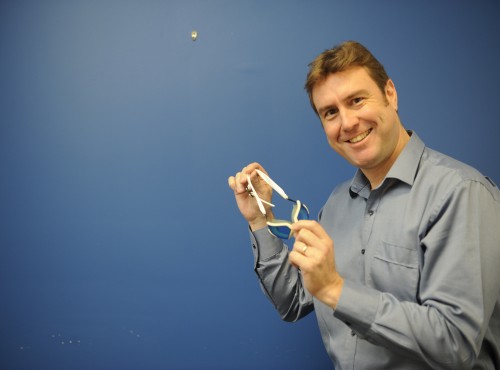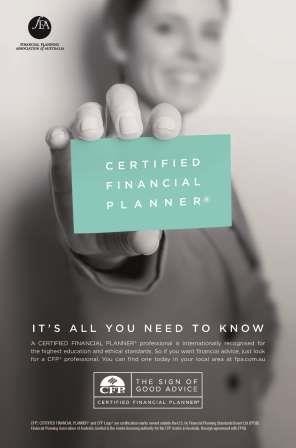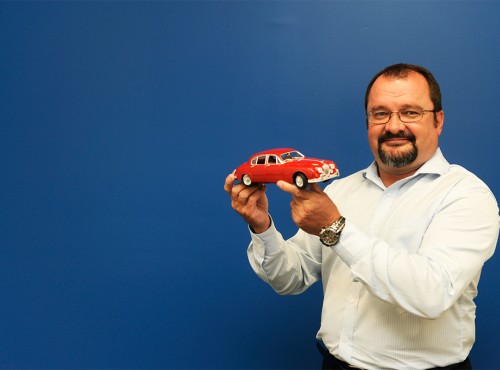
A long life is something to celebrate, and figures from the OECD show Australians enjoy one of the highest life expectancies in the world. Even better, our life expectancy is rising and is expected to increase well into our 90s over the next four decades. But living longer also raises questions about how we will fund a retirement that could span one-quarter of our life.
Retiring early is a goal for many Australians, and a 2015 report by AMP/NATSEM found the average age for retirement is currently 63 years for men and 60 for women.
These retirees could live for another 20 years. Australian men currently aged 65 can, on average, expect to live to age 85, or 87 for women. So hanging up your work boots at age 63 can mean spending 22 years, maybe more, in retirement. That's a decent stretch of time, and it brings the challenge of paying for a retirement potentially extended across almost a quarter of a century.
The Age Pension is one option though anyone pinning their hopes entirely on government support should consider the sort of lifestyle it will fund. The latest ASFA Retirement Living Standard shows a retired couple needs a combined annual income of $34,216 to fund a 'modest' lifestyle. By comparison, the maximum Age Pension rate for a couple is $31,148 annually. And it's becoming harder to get. Anyone born after 1 January 1957 won't be eligible for the Age Pension until age 67.
This doesn't just reinforce the need to build a pool of assets including superannuation, which will provide money to live on in retirement. It also highlights the importance of thinking carefully about when you plan to exit the workforce.
Government research shows the most common factor influencing our decision to retire is financial security, and delaying retirement doesn't just mean less time relying on personal savings, it also provides more time to build a nest egg.
Already, many seniors are working for longer. One in two 60-64 year olds are still in the workforce, up from one in three in the 1970s. More than one in ten seniors aged 65-plus are still at the coalface though most work on a part-time basis.
The thought of staying in the workforce for longer won't be welcomed by everyone. However as we enjoy greater life expectancy it could become the new normal, and it pays to give some thought to your own retirement plans long before you prepare to exit the workforce.
Think about your likely life expectancy, the type of retirement lifestyle you'd like to lead, and consider how well your investments will pay for it all. It can be quite an eye opener, but it's the only way to lay plans for a decent future.
For more blogs written by Paul Clitheroe visit http://www.ipac.com.au/























































